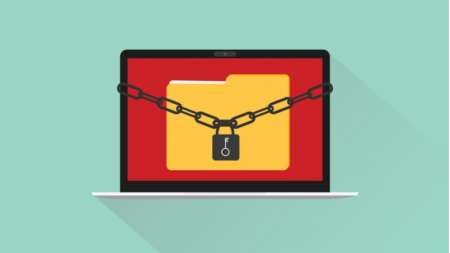Following up on the May 2021 executive order (EO), which requires Federal agencies to adopt zero trust, the Office of Management and Budget (OMB) issued memorandum 22-09 (M-22-09) in January 2022. It sets forth a Federal zero trust architecture strategy, requiring agencies to meet specific cybersecurity objectives by the end of 2024. M-22-09 also provides specific direction for implementing identity-driven security measures such as multi-factor authentication (MFA) to prevent sophisticated online attacks. […]
Bryan Rosensteel has spent more than a decade working with identity in the Federal government. As a Federal solutions architect at identity services provider Ping Identity, he advises government agencies on best practices for deploying zero trust security architecture. When President Biden issued the Executive Order on Improving the Nation’s Cybersecurity (EO), Rosensteel was positively giddy about its potential to transform the way government secures data and operations. MeriTalk sat down with Rosensteel to explore the letter and the spirit of the EO, how centralized identity, credential, and access management (ICAM) can help agencies get to zero trust, and why agencies shouldn’t inherently trust anything – not even technology. […]
Ransomware attacks are on the rise and as adversaries mount more sophisticated attacks, government and private institutions need to advance their cyber strategies as well in order to not become easy targets. […]
The changing cybersecurity landscape demands evolving technology and policy to help Federal agencies combat cyber threats and build resilience. MeriTalk spoke with Bryan Rosensteel, public sector cybersecurity architect at Cisco’s Duo Security, about the expansion of agency networks beyond traditional perimeters, how the Continuous Diagnostics and Mitigation (CDM) program is adapting to the changing landscape, and how dynamic authentication can help agencies stay ahead of bad actors. […]




